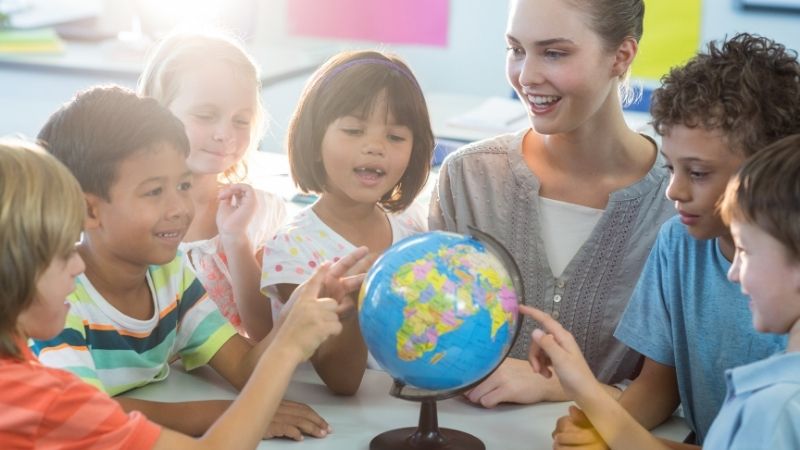
Art education plays a significant role in elementary schools, fostering creativity and artistic expression among young learners. By intertwining various components such as drawing lessons, pottery classes, craft projects, art appreciation, and school performances into basic education, students are provided with opportunities to explore their artistic abilities.
This article examines the benefits of integrating art into elementary education and highlights how it enhances children's creative thinking and self-expression. The findings presented here aim to inspire educators and parents alike to recognize the importance of incorporating art into the curriculum to nurture the development of miniature Picassos in our classrooms.
Key Takeaways
- Artistic activities in elementary education foster artistic skills, creativity, and self-expression among students.
- Engaging in art enhances problem-solving abilities, critical thinking skills, and cognitive development.
- Art provides a platform for students to explore their emotions, thoughts, and individuality.
- School performances play a significant role in nurturing artistic abilities, building confidence, and fostering collaboration skills.
The Importance of Drawing Lessons in Elementary Education
Drawing lessons in elementary education play a crucial role in fostering artistic skills and facilitating creative expression among young students. By exploring different art mediums, such as pencils, markers, and crayons, children are able to develop their artistic abilities and discover their own unique style.
These lessons also provide an opportunity for students to practice and refine their fine motor skills, as they learn to control the movement of their hands and fingers while drawing.
Moreover, drawing allows children to express themselves visually, enabling them to communicate ideas and emotions that may be difficult to articulate verbally. Through this process, students gain confidence in their artistic abilities and learn the value of self-expression.
Overall, incorporating drawing lessons into elementary education provides a foundation for creativity and encourages individuality among young learners.
Exploring the Benefits of Pottery Classes for Young Students
The incorporation of pottery classes into the elementary curriculum allows young students to explore a tactile medium and develop their spatial awareness. The benefits of sensory stimulation provided by working with clay can have a profound impact on children's cognitive development.
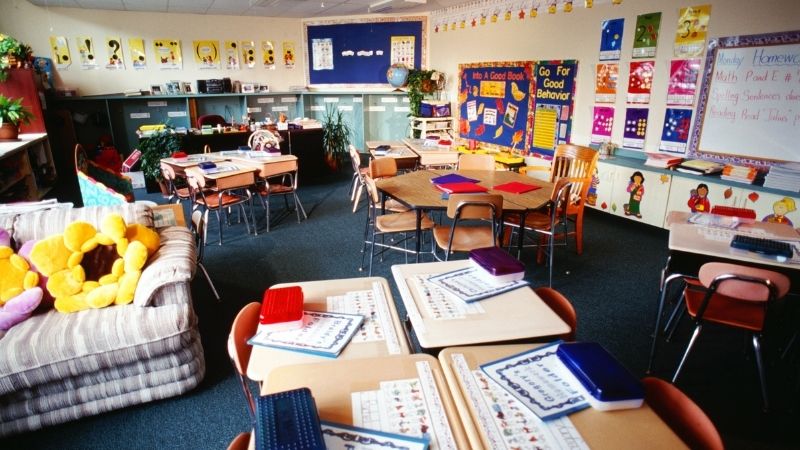
Engaging in pottery classes promotes fine motor skills, as students learn to manipulate the clay and refine their hand-eye coordination. Through the process of shaping and molding clay, they also enhance their problem-solving abilities and creativity.
Pottery classes offer an opportunity for self-expression, allowing children to communicate their emotions and ideas through a three-dimensional medium. Moreover, these classes foster a sense of pride and accomplishment when students see their creations come to life after firing in the kiln.
Unleashing Creativity Through Craft Projects in the Classroom
Craft projects have long been recognized as a valuable tool for promoting imagination and creativity in the classroom. These hands-on activities provide students with the opportunity to explore their own ideas, experiment with materials, and think outside of the box.
Additionally, research has shown that engaging in creative tasks enhances learning by promoting problem-solving skills, critical thinking, and self-expression.
- Craft projects allow for experimentation with materials, colors, and textures
- Manipulating materials fosters critical thinking and innovation
- Art helps develop spatial awareness and planning skills
- Craft projects cultivate creativity and nurture cognitive skills necessary for problem-solving and self-expression.
Hands-On Creativity Enhances Learning
Hands-on creative activities have been shown to enhance the learning experience for students of all ages. Engaging in art-related projects allows students to think critically and develop problem-solving skills. By actively participating in hands-on creative activities, students are encouraged to explore their imagination and think outside the box. This process enhances their ability to analyze and evaluate different perspectives, thereby improving their critical thinking skills.
Additionally, engaging in artistic endeavors requires problem-solving as individuals encounter challenges and find innovative solutions. Through these experiences, students learn how to approach problems from various angles and adapt their strategies accordingly. Ultimately, integrating hands-on creativity into education fosters a holistic learning environment that nurtures not only academic growth but also personal development.
This emphasis on creativity sets the stage for nurturing art appreciation in elementary children: why it matters.
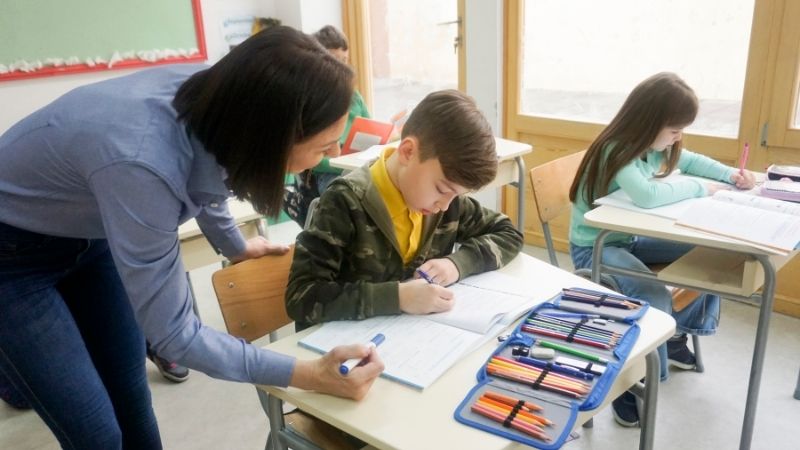
Nurturing Art Appreciation in Elementary Children: Why It Matters
Art appreciation plays a crucial role in nurturing the cognitive development of elementary children. By engaging with different forms of art, such as paintings, sculptures, and performances, students are exposed to diverse perspectives and ways of thinking, which enhances their critical thinking skills and ability to analyze and interpret visual information.
Additionally, art appreciation fosters self-expression and confidence as children learn to communicate their thoughts and emotions through various artistic mediums, allowing them to develop a strong sense of identity and agency.
Furthermore, by stimulating imagination and creativity, art appreciation encourages children to think outside the box, problem-solve creatively, and explore innovative ideas, all of which are essential skills for success in today's rapidly changing world.
Enhancing Cognitive Development
Developing cognitive skills in elementary children can be facilitated by the integration of drawing lessons, pottery classes, craft projects, art appreciation, and school performances into basic education.
Artistic exploration provides a unique avenue for cognitive growth as it engages children in creative thinking processes that require problem-solving and critical analysis. Through artistic activities, children learn to observe their surroundings more closely, interpret visual information, and make connections between different ideas and concepts.
By encouraging young students to express themselves through art, educators not only foster their imagination but also enhance their ability to communicate effectively. Furthermore, engaging in various forms of artistic expression allows children to develop important cognitive skills such as attention to detail, spatial reasoning, and divergent thinking.
Overall, integrating art into elementary education promotes holistic development and empowers students with the freedom to explore their creativity while enhancing their cognitive abilities.

- Encourages critical thinking
- Enhances communication skills
- Develops attention to detail
Fostering Self-Expression and Confidence
Encouraging self-expression and building confidence in young learners can be fostered through the incorporation of creative activities that allow for personal exploration and growth.
Artistic endeavors such as drawing lessons, pottery classes, craft projects, art appreciation, and school performances provide children with a platform to express themselves freely and confidently. By engaging in these activities, students are able to tap into their emotions and thoughts while developing their artistic skills.
This process not only fosters emotional well-being but also contributes to the development of critical thinking skills. Through art, children learn to observe, analyze, interpret, and communicate their ideas effectively. They are encouraged to think outside the box, experiment with different mediums and techniques, and problem-solve creatively.
This holistic approach towards education nurtures a sense of freedom and individuality among elementary students while empowering them with essential life skills.
Stimulating Imagination and Creativity
The previous subtopic discussed the importance of fostering self-expression and confidence in elementary education. Building upon that foundation, the current subtopic explores how art in elementary education stimulates imagination and creativity, inspiring originality and encouraging self-expression.
Artistic activities in schools provide a platform for students to explore their imagination, allowing them to envision possibilities beyond what is immediately tangible. This stimulation of imagination enhances problem-solving skills and critical thinking abilities among young learners. Additionally, art encourages creativity by providing an outlet for individual expression and experimentation.
Incorporating art into elementary education can have numerous benefits, including:
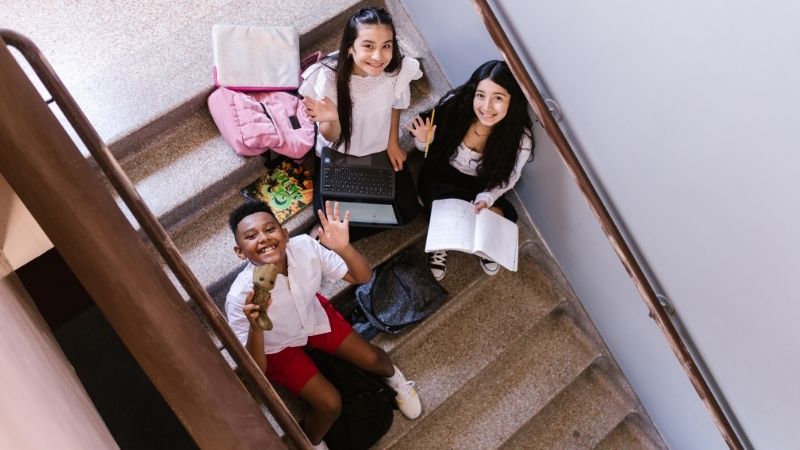
- Unlocking creative potential: Artistic activities enable children to express themselves freely and develop their unique artistic voice.
- Enhancing cognitive development: Engaging in art fosters visual-spatial skills, attention to detail, and mental flexibility.
- Promoting emotional well-being: Art provides a means for students to process emotions, reduce stress, and build resilience.
School performances have been found to have a significant impact on the development of artistic expression in elementary children. These performances provide a platform for students to showcase their creativity and talent, allowing them to express themselves through various art forms such as music, dance, and theater.
By participating in school performances, children are encouraged to explore different ways of self-expression and develop their artistic skills. The experience of performing in front of an audience also helps build confidence and self-esteem, empowering young artists to take risks and push their creative boundaries.
Additionally, school performances foster collaboration and teamwork among students, as they work together towards a common goal of delivering a successful performance. Overall, these experiences contribute to the holistic development of elementary children by nurturing their artistic abilities and fostering a lifelong appreciation for the arts.
Integrating Art Into Basic Education: Enhancing Creativity in Elementary Students
Integrating art into the curriculum of elementary education has been shown to enhance creativity in students by providing them with opportunities to explore different forms of artistic expression. This integration allows children to develop their imagination, critical thinking skills, and problem-solving abilities through various art activities.
Moreover, incorporating drawing techniques as part of the art curriculum enables students to refine their fine motor skills and hand-eye coordination. Art therapy, a form of psychological intervention that uses artistic expression as a means of self-discovery and healing, can also be integrated into elementary education. This approach helps children express their emotions and cope with stress or trauma through creative outlets.
Frequently Asked Questions
How Can Drawing Lessons in Elementary Education Benefit Children's Cognitive Development?
The incorporation of drawing lessons in elementary education can benefit children's cognitive development by enhancing their fine motor skills, spatial reasoning, and visual perception. Additionally, it fosters artistic imagination and allows for creative expression.
What Are Some Specific Skills That Young Students Can Acquire Through Pottery Classes?
Pottery classes offer young students the opportunity to develop problem-solving skills and fine motor skills. Through working with clay, children learn to manipulate and shape it, fostering creativity and artistic expression.
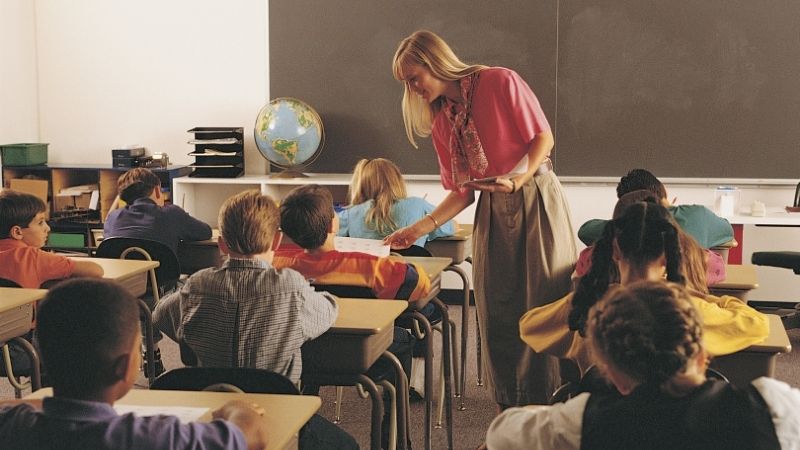
How Do Craft Projects in the Classroom Contribute to the Holistic Development of Elementary Children?
Craft projects in the classroom contribute to the holistic development of elementary children by providing hands-on learning experiences that foster creativity, problem-solving skills, and fine motor development. These activities encourage self-expression and allow children to explore their imagination.
Why Is It Important to Foster Art Appreciation in Elementary Children?
The importance of art appreciation in elementary children lies in its ability to foster creativity and artistic expression. By exposing young minds to various forms of art, they develop a deeper understanding and appreciation for the beauty and power of artistic expression.
School performances, such as improvisational theater and dance performances, contribute to the enhancement of artistic expression in elementary students by providing opportunities for self-expression, creativity, and collaboration in a public setting.
 Careers in EducationElementary EducationHigh School EducationEducational TechnologyTeaching StrategiesSpecial EducationPrivacy PolicyTerms And Conditions
Careers in EducationElementary EducationHigh School EducationEducational TechnologyTeaching StrategiesSpecial EducationPrivacy PolicyTerms And Conditions
